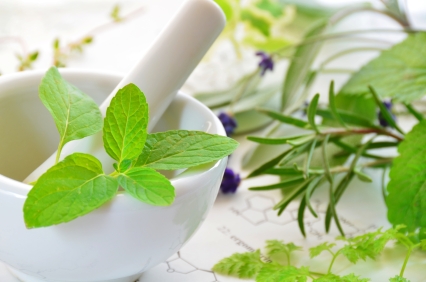 ** Download Your Free Herbs-Food Pairing Chart at the Bottom of this Article.
** Download Your Free Herbs-Food Pairing Chart at the Bottom of this Article.
Many people rely on two seasonings to make their food more palatable: salt and pepper. While these seasonings are important to the flavor and preservation of food, they leave much room for wanting.
Sodium chloride, aka common table salt, is a mineral that the human body requires in order to survive. Salty taste is one of the five primary taste sensations that humans and animals have taste buds designed to detect. Salting food enhances the flavor and nuances of food, as any cook or chef can attest to.
Peppercorns are also used in order to enhance the flavors of food, sometimes making otherwise bland food more palatable. Both of these important seasonings are staples in the culinary world and are commonly available on the tabletops of restaurants across the USA. But by relying so heavily on these two seasonings to enhance the flavor of food, people are perhaps missing out on some other very flavorful and nutritional spice gems in their culinary pursuits.
Herbs and spices are often what trigger taste buds to recognize and identify a type of international cuisine. Indian cuisine is often identified with the bright yellow hues of turmeric often found in Indian curries, as well as the smoky flavor of cumin, the sweet warm flavor of cinnamon, and the hot spiciness of cayenne pepper. The same goes for many cuisines from around the world.
For instance, when you taste the flavors of lemongrass, coconut, and cilantro along with spicy chili peppers and sour kaffir lime notes, it is easy to recognize that this is Thai cuisine. Similarly, many other international cuisines are easily identified by the different spices and flavor pairings that they offer. Yet, many American palates are devoid of many of these spectacular herbs and spices and they are not only missing out on the abundance of flavor enhancements but on the health benefits as well.
Before delving into the uses of different herbs and spices it is helpful to understand why using these flavor enhancers can be beneficial to health and well-being.
A popular herb to begin with is cumin.
Cumin
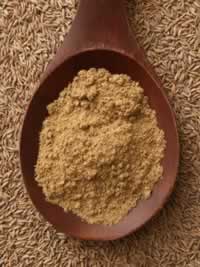 Cumin has been a part of culinary traditions around the world for thousands of years.
Cumin has been a part of culinary traditions around the world for thousands of years.
Cumin is a plant that is part of the Apiaceae family of plants, which includes carrot and parsley plants, as well as many others that produce culinary herbs. Cumin seeds are ground into a powder and that is used for culinary purposes. In recent years, animal studies have shown that cumin powder or cumin extract reduces many symptoms that are found in diabetic rats. These studies also show that cumin is usually more effective than the pharmaceutical that is prescribed for diabetic patients.
In addition, cumin also has antioxidant properties and has been shown to increase immune responses in rats that have compromised immunity. The uses of cumin are many. Cumin powder can be used in a variety of dishes such as curries, meat and bean chili dishes, as well as in rubs for grilled or roasted meats. Cumin powder also compliments the taste of many veggies, such as cauliflower and sweet potatoes and gives complexity to tomato sauces and veggie soups. Cumin powder is often an ingredient found in Mediterranean recipes, Indian recipes, and Spanish recipes.
Turmeric
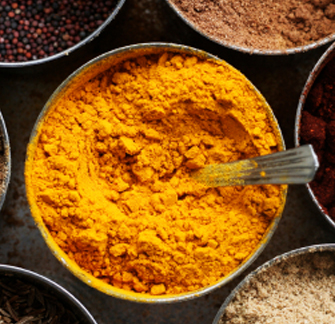 Another amazing herb to add to your culinary repertoire is turmeric. Turmeric is a root that is related to ginger root. It is a striking yellow color and is responsible for the color of mustard as well as the golden hue of many Indian curries. Turmeric boasts a powerful active component called curcumin.
Another amazing herb to add to your culinary repertoire is turmeric. Turmeric is a root that is related to ginger root. It is a striking yellow color and is responsible for the color of mustard as well as the golden hue of many Indian curries. Turmeric boasts a powerful active component called curcumin.
Researchers hypothesize that the high rate of turmeric consumption in Indian cuisine has prevented higher rates of Alzheimer’s disease in older populations of Indian people compared to the same age group of people in the United States. The reported benefits of turmeric are numerous, including having anti-cancer properties, decreasing inflammation in people suffering from arthritis and other chronic diseases, and delaying liver damage that could lead to cirrhosis.
Turmeric’s health benefits are more bioavailable when it is used along with black pepper, which is why many Indian recipes require turmeric and black pepper. Using turmeric in soups and curries is perhaps the most common way to use this herb. Turmeric has a mild flavor, despite its bright color, and therefore can be added to a variety of savory foods without subtracting from the overall flavor of the dish.
Garlic
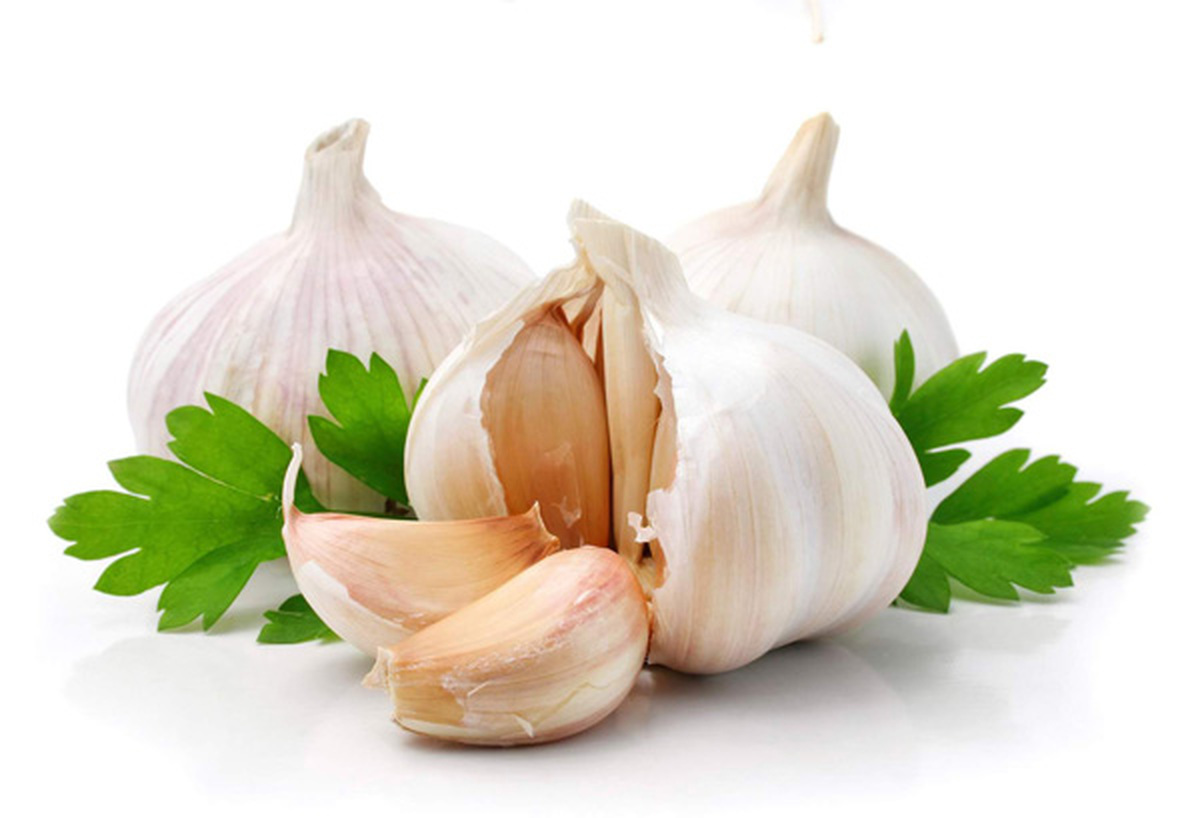 There is one so-called “herb” (or spice) which does not technically fit into this category but is still a powerful flavor enhancer, as well as a powerful health booster. Garlic is a type of vegetable but it is used to enhance the flavor of many dishes in many different cuisines. Garlic has an abundance of health benefits, such as antiviral properties, antibacterial properties, and antibiotic properties, as well as immunity boosting properties.
There is one so-called “herb” (or spice) which does not technically fit into this category but is still a powerful flavor enhancer, as well as a powerful health booster. Garlic is a type of vegetable but it is used to enhance the flavor of many dishes in many different cuisines. Garlic has an abundance of health benefits, such as antiviral properties, antibacterial properties, and antibiotic properties, as well as immunity boosting properties.
Consuming garlic helps to thin the blood which helps prevent blood clots and it opens up blood vessels to allow blood to flow through. It is anti-inflammatory and also helps to lower LDL cholesterol. Garlic should be crushed and allowed to sit for 15 minutes in order to interact with oxygen which releases its sulfur compound called allicin, the beneficial property of garlic. Therefore, crushing garlic as the first step before beginning any other steps in a recipe may help to utilize its health benefits.
Garlic is an extremely versatile cooking companion. It flavors bread, pasta, sauces, eggs, and vegetables beautifully. A simple use for garlic is simply sautéed in butter or olive oil and smeared on toast or added to al dente pasta. Garlic compliments seafood dishes, as well as meat and poultry dishes when used in marinades. A home remedy use for garlic is to steep crushed garlic in hot water for 10 to 15 minutes and then drink the flavored water. This helps to prevent or shorten the duration of common colds and flus. No matter what its technical designation, garlic is a wonder food in many ways.
Bay leaf, coriander, and fennel
Many herbs offer the benefit of being digestive aids when used in cooking or in herbal teas. The following herbs help the body to absorb and break down foods. Bay leaf, coriander, and fennel are flavorful additions to soups and stews, with the added benefit of helping digestion. Fennel can also be used in pastries, puddings, and is used in fish dishes in Italian and French cuisines.
Star anise
Star anise, which has a similar black licorice flavor profile as fennel, also helps aid digestion.
Star anise is commonly used in soups and stews but may also be used to enhance the flavors of sweet foods such as pies, jellies, and jams.
Dill
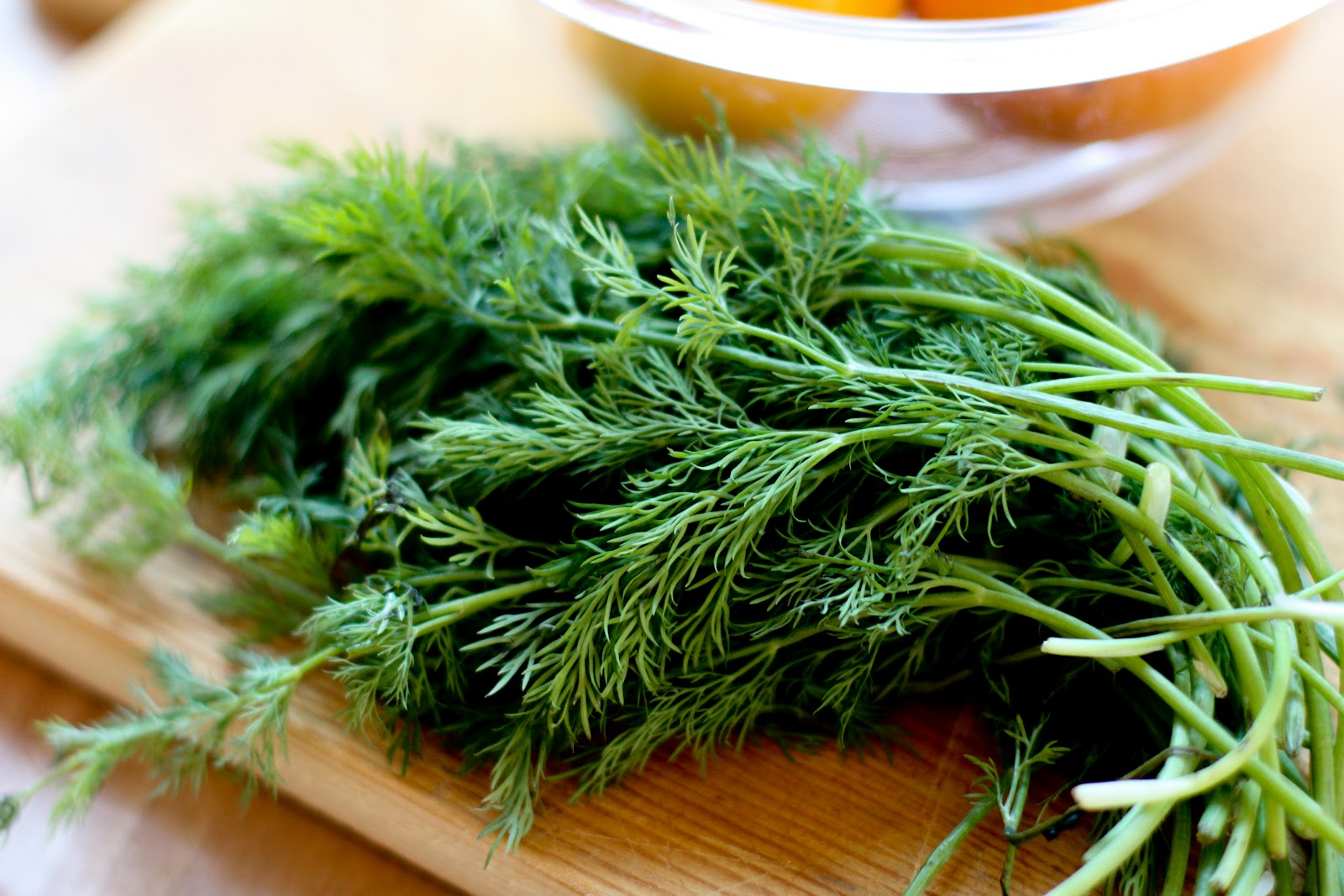 Dill is a well-known herb in many cultures and is most widely known by American citizens due to the popularity of dill pickles. Dill is an excellent herb to add to egg salad, potato salad, pickles, and salad dressings. It also has the added benefit of being a helpful herb for digestion.
Dill is a well-known herb in many cultures and is most widely known by American citizens due to the popularity of dill pickles. Dill is an excellent herb to add to egg salad, potato salad, pickles, and salad dressings. It also has the added benefit of being a helpful herb for digestion.
It is also beneficial that most of these herbs and spices contain additional vitamins and minerals that are important for your overall health. Culinary herbs and spices make excellent additions to food for flavor as well as health benefits. It’s wise to choose the freshest herbs and spices available. You may even consider buying the whole seeds and grinding them yourself when possible.
Also, consider an herb garden. A herb garden can make a lovely addition to your home and can save you time and money because you will have fresh herbs on hand whenever you need them. This will reduce wasting the unused bunch that you purchase from the grocery store. Increasing the amount of flavors you have in your food is one very simple way to increase your health without requiring much more than experimenting with cuisines and expanding your taste palate. Using different and unique herbs and spices can be simple, fun, and deliciously rewarding.
We have prepared for you a herb-matching report that can help you to match the herbs with the foods you are preparing.
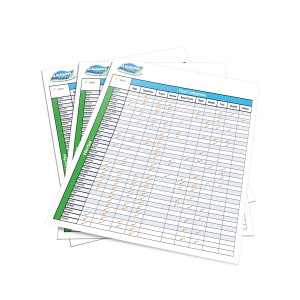 Discover the secret of mixing herbs and spices with food like a pro! Get a free herbs-food pairing chart. Find out which herbs and spices would add the most pow to different foods.
Discover the secret of mixing herbs and spices with food like a pro! Get a free herbs-food pairing chart. Find out which herbs and spices would add the most pow to different foods.
To access your free chart, click the link below, then right-click on the document and “Save As…” to download it.
Download the Herbs-Food Pairing Chart
Read more about other herbs at Top 10 Herbs That Alkalize Your Body & Improve Your Health.
About the Author:
Emma Deangela is the best selling author of The Alkaline Diet Program and 80/20 Fat Loss. She has helped over tens of thousands of men and women to lose weight and transform their health with sound nutrition advice.
Which wonderful friends in your life would appreciate having the herbs-food pairing chart? Are they already making healthy and delicious food with herbs?
Please help them by sharing this eye-opening article with each of them using any of the social media and email buttons below.
Leave a Reply